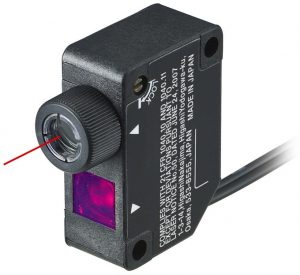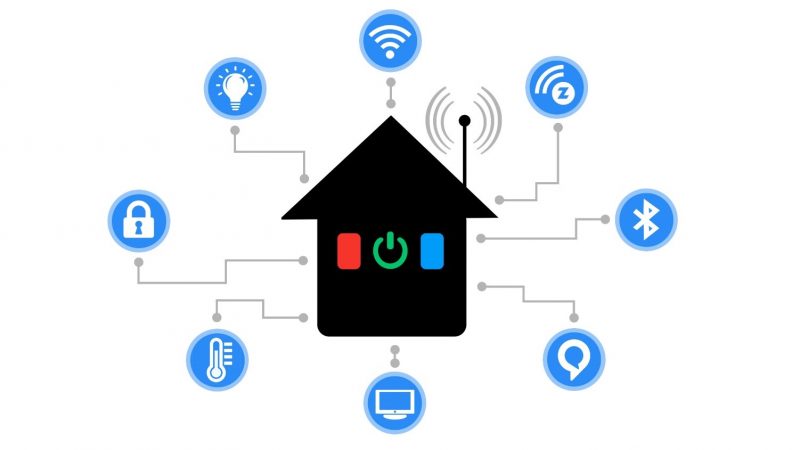The recent advancements in computer technologies and the proliferation of smartphones which are essentially pocket computers have opened up new avenues for application of these technologies. Today computers are cheaper, faster and smaller and hence they are being used to control various devices and functions. The encroachment of computer-controlled devices in our homes is seen in the form of home automation technology. This basically involves setting up the home’s appliances such that they can be controlled via a computer, allowing ease of use and additional functionality. Let us understand a few gadgets that form the key components of this technology.
 Control centre or hub
Control centre or hub
The control centre or hub is the key to making the entire home automation system work. This is a small computer which has the ability to control various devices connected to it. This is achieved via relays, which are AC switches which the computer hub can operate by using a small DC voltage. Some advanced hubs may include the ability to control voltage for dimming lights or controlling fan speed. It takes all the commands that the user gives to the system and uses them to control the appliances and devices accordingly. It can also be programmed to have some level of autonomy. Basic programmable features such as timing control are common, though there are also features such as sensor-based controls. A modern introduction in this field IFTTT protocol integration included in some hubs. You can also just get your own small computer like Raspberry Pi and build your own hub with your own custom programs for maximum control and flexibility. These hubs are usually controlled via Wi-Fi using a smartphone app or a special remote included with the system.
Sensors
Sensors are accessories that you can attach to your hub in order to enhance its autonomy and programmability. For example, infrared motion sensors can be used to automatically switch on lights whenever a person is detected near the sensor. Another such example is a light sensor which can turn on your home lighting whenever the day ends by automatically detecting the weakening illumination levels. When combines with hubs, sensors allow you to design a truly intelligent home automation system.

